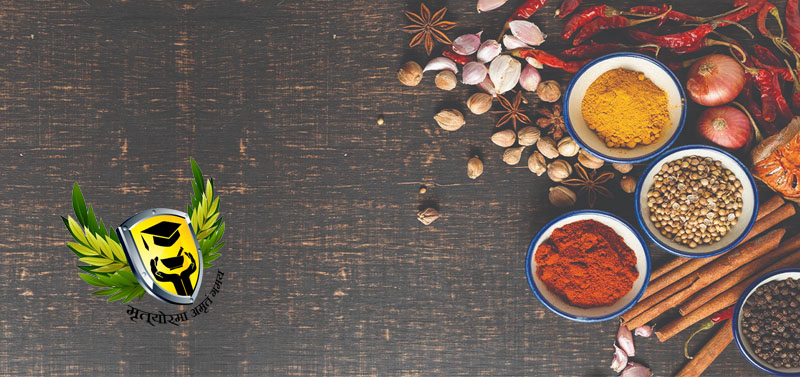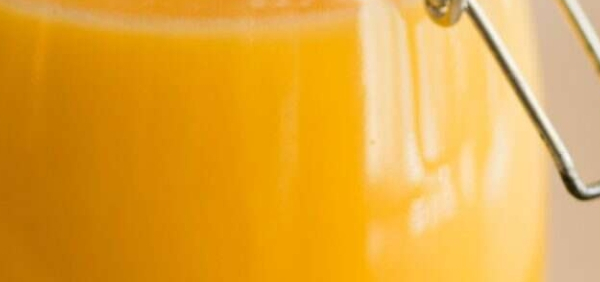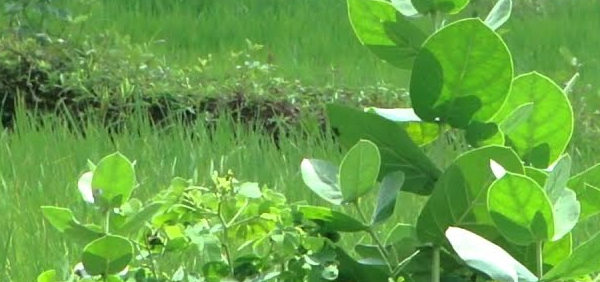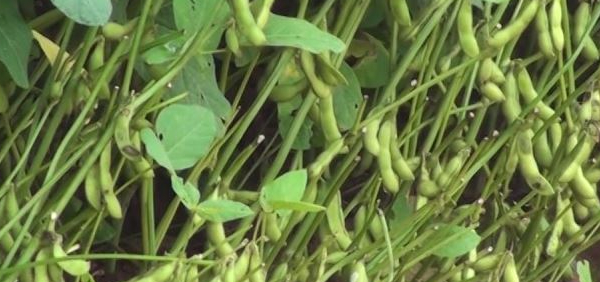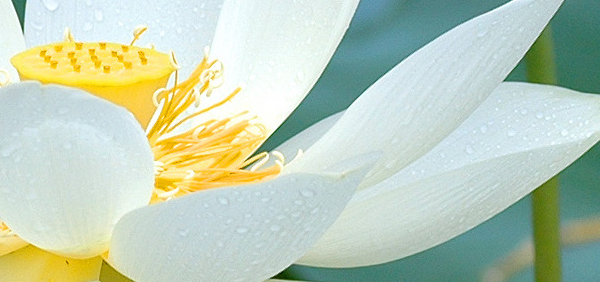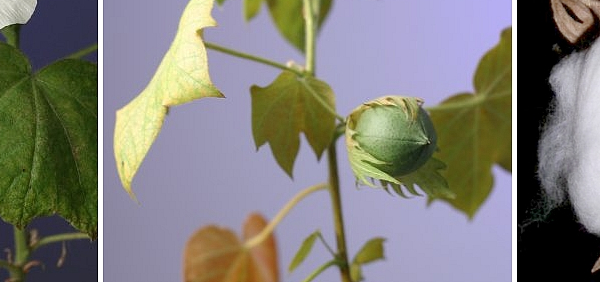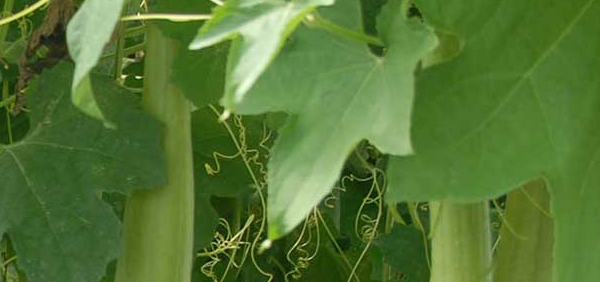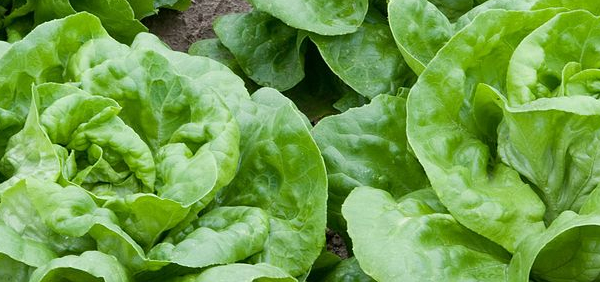khubakalam :
 Sisymbrium irio, known as London rocket, is a plant in the family Brassicaceae. It is an annual herb exceeding three feet in height with open, slender stem branches. The flowers are small with four pale yellow petals. The basal leaves are broad and often lobed, while the upper leaves are linear in shape and up to four inches long. The fruit is a long narrow cylindrical silique which stays green when ripe. The younger pods overtop the flowers. When dried the fruit has small red oblong seeds. The common name "London rocket" allegedly comes from its abundance after the Great Fire of London in 1666. However, Dr E J Salisbury, in his study of the bombsites of London after the Great Fire of 1940, "failed to find a single specimen, nor has any other reliable observer reported it", according to R. S. R. Fitter.
Sisymbrium irio, known as London rocket, is a plant in the family Brassicaceae. It is an annual herb exceeding three feet in height with open, slender stem branches. The flowers are small with four pale yellow petals. The basal leaves are broad and often lobed, while the upper leaves are linear in shape and up to four inches long. The fruit is a long narrow cylindrical silique which stays green when ripe. The younger pods overtop the flowers. When dried the fruit has small red oblong seeds. The common name "London rocket" allegedly comes from its abundance after the Great Fire of London in 1666. However, Dr E J Salisbury, in his study of the bombsites of London after the Great Fire of 1940, "failed to find a single specimen, nor has any other reliable observer reported it", according to R. S. R. Fitter.HISTORICAL AND MYTHOLOGICAL REVIEW:
S. irio seems to have appeared in both North America and Australia in the early 1900s, but how it reached either place remains unknown (Robbins, 1940; Wilken and Hannah 1998; Council of Heads of Australasian Herbaria, 2013). Possible pathways include its deliberate introduction as a herb, or accidental introduction as a contaminant of crop seed.Taxonomical Classification
Kingdom: Plantae - Plants
Subkingdom: Tracheobionta - Vascular plants
Superdivision: Spermatophyta - Seed plants
Division: Magnoliophyta - Flowering plants
Class: Magnoliopsida - Dicotyledons
Family: Cruciferae
Genus: Sisymbrium
Species: Sisymbrium irio
Allied species:
Norta irioVERNACULAR NAMES
Sanskrit: khakasi, khubakala •English: hedge-mustard , London Rocket •
Hindi: khubkaln, asalio, khubkhala •
Urdu: khubakalan
Telugu: Jeevakamu
Marathi: Ranteekhee
Punjabi: Janglisarson, Maktrusa, Maktaroosaa
Arabic: Khubba
Spanish: Mostaza, Pamita
Persian: Khakasi, Khakshi
Varities:
The species is hermaphrodite (has both male and female organs) and is pollinated by Insects.Definition
It first came to prominence as an invasive species, and gained its common name ‘London rocket’ when it became abundant after the Great Fire of London in 1666 (Clapham et al., 1952)Synonyms
Synonyms in Ayurveda: khubakalamSarshapabhasa - its effects are quite similar to benefits of mustard
Rasa: Katu
Guna: Guru Picchila Snigdha
Veerya: Ushna
Vipaka: Katu
Karma: Kaphahara Sodhahara Vatahara
The leaves, seeds, and flowers are edible, with a spicy flavor similar to cultivated rocket. London rocket is used in the Middle East to treat coughs and chest congestion, to relieve rheumatism, to detoxify the liver and spleen, and to reduce swelling and clean wounds. The Bedouin use the leaf of London Rocket as a tobacco substitute. The cured pods can be placed in a basket with live coals and shaken until the pods are parched, then ground into meal and made into soup or stew.
Cultivation:
Succeeds in most soils.Propogation:
Seed - sow spring or autumn in situ.Harvesting:
Flowering Season: Winter, SpringPhytochemistry:
PHARMACOLOGY:
Important formulationsParts used for medicinal purpose
Seed, ,Dosage:
Powder -3-6 gms in divided dose per daySubstitute:
the leaves (presumably) are used as a tobacco substitute.Adultrants:
Descurainia sophia (L.) Webb , ex Pranttles —Sisymbrium Sophia L . (Cruciferae)Controversy:
The herb is explained in Dravya Guna Vijnana of P V Sharma as Sisymbrium irio. Both P V Sharma and JLN Shastry have quoted its English name as Hedge mustard. True botanical name of hedge mustard is Sisymbrium officinalis.Commercial value:
Morphology:
Annual or biennial herbs, glabrous or sparsely pubescent near the base with simple trichomes, about 15-80 cm tall, not scapose. Rootstocks taproot. Stem erect, ascending, simple or divaricately branched, pubescent at the base and glabrous above. Basal leaves in rosulate or not, obovate-oblanceolate to oblong in outline, about 3-15 x 1.5-6 cm across, margins runcinate-pinnatifid to pinnatipartite, with 3-7 linear lanceolate-oblong lobes on each side, terminal lobe slightly bigger than the lateral ones, lobe margins dentate or lobed, pubescent on the margins and beneath, petiole about 1-4 cm long, cauline leaves gradually smaller, similar to basal but linear, margins 1-3 lobed or entire, petiole short to subsessile. Inflorescence raceme corymbs, 30-80 flowered, elongated in fruit, up to 25 cm long in fruit, ebracteate. Flowers bisexual, yellow, pedicel erect or reflexed, divaricate, slender, much narrower than the fruit, about 6-12 mm long, sepals 4, erect or spreading, linear oblong, cucullate, margin membranous, inner lateral pair base sometimes subsaccate, about 2-2.5 mm long, petals 4, obovate-obovate, margins entire, apex obtuse, about 2.5-3.5 x 1-1.5 mm across, claw distinct, suequalling or slightly shorter than sepals. Stamens 6, tetradynamous, filaments yellowish, not dilated near the base, about 2-4 mm long, anthers ovate-oblong, apex obtuse, about 0.5-0.8 mm long, nectar glands 4 confluent, usually subtending the bases of stamens, median glands present. Ovary superior, linear subcylindrical, bicarpellary, ovules 40-90. Fruit siliqua, dehiscent, linear subcylindrical, about 30-50 x 0.8-1.2 mm across, younger fruits overtopping the flowers, terete, erect or slightly curved inwards, valves prominent midvein, valves glabrous to torulose, replum rounded, septum complete, style subclavate or subelongate, about 0.3-0.5 mm long, stigma capitate, bilobed. Seeds uniseriate, brown, plump, oblong-ovoid, about 0.8-1 mm long, not winged, minutely reticulate, not mucilaginous when soaked, cotyledons obliquely incumbent.Histology:
T.S. of seed shows seed coat with six layers, outermost a single layer of epidermis of rectangular, flattened and thin walled cells ranging from 30 to 50 n in length containing colourless, concentrically striated mucilage; a two-cell deep layer of parenchymatous cells, a single row of sclerenchymatous cells with their radial and inner tangential walls thickened, a single-cell layer of pigment, a single cell layer of aleurone grains, followed by crushed parenchymatous cells; cotyledons contain aleurone grains and oil globules; embryo folded; starch absent.Geographical distribution:
ECOLOGICAL ASPECT:
Roadsides, rocky places and near cultivated fields, altitude up to 2000 m.Plant conservation:
Not evaluated (IUCN).General Use:
Therapeutic Uses:
Svasa, Jvara, Kasa, Vatajanya Vikara, Svarabheda, Daurbalya, Kaphavikara.Systemic Use:
The seeds are expectorant, restorative and stimulant. They are used in the treatment of asthma. Externally, they are used as a stimulating poultice. The seeds have been placed under the lids of sore eyes in order to cause weeping and thereby wash foreign matter out of the eye. An infusion of the leaves is used in treating affections of the throat and chestAdministration:
Seed powderPharmacological:
Balya, Vatahara, Kaphahar, Svedakara, SothaharaClinical trials:
Research:
Precautions:
It is best to avoid during pregnancyToxicity studies:
It is best to avoid higher doses in pitta body type personsUse in other system of medicine:
In the Mediterranean region Sisymbrium irio leaves are consumed as food and used as folk medicine for infections of the throat and chest14. This plant is used in Unani system of medicine for various therapeutic uses and recommended for the prevention of dengue fever due to the presence of bioactive componentsCONCLUSION:
London Rocket is an annual herb more than 3 ft tall, with open, slender stem branches. The flowers are small with four pale yellow petals. The basal leaves are broad and often lobed, while the upper leaves are linear in shape and up to four inches long. The fruit is a long narrow cylindrical silique, which stays green when ripe. When dried the fruit has small red oblong seeds. London Rocket is used in the Middle East to treat coughs and chest congestion, to relieve rheumatism, to detoxify the liver and spleen, and to reduce swelling and clean wounds.Photos of khubakalam -
Sisymbrium irio
- Courtesy: https://indiabiodiversity.org/biodiv/img//Sisymbrium%20irio/Sisymbrium_irio_2.jpg
- Courtesy: https://indiabiodiversity.org/biodiv/img//Sisymbrium%20irio/Sisymbrium_irio_3.jpg
- Courtesy: https://sbwildflowers.files.wordpress.com/2012/02/sisymbrium-irio-leaf.jpeg
- Courtesy: https://sbwildflowers.files.wordpress.com/2012/02/sisymbrium-irio-flowers.jpeg
- Courtesy: http://plantillustrations.org/illustration.php?id_illustration=137573&SID=0&mobile=0&code_category_taxon=9&size=1
KEY WORDS: khubakalam Sisymbrium irio
- » Classification and names of khubakalam
- » Synonyms and definitions of khubakalam
- » Drug Properties of khubakalam
- » Chemical Constituents of khubakalam
- » Standardization of khubakalam
- » Parts used and Dosage of khubakalam
- » Morphology and Histology of khubakalam
- » Distribution and Conservation of khubakalam
- » Cultivation of khubakalam
- » khubakalam in the market
- » Medicinal Uses of khubakalam
- » Researches and clinical trails of khubakalam
- » khubakalam in other sytems of medicine
- » Ayurvedic formulations with khubakalam
- » Images of khubakalam

Kotakkal Ayurveda - Mother land of modern ayurveda






